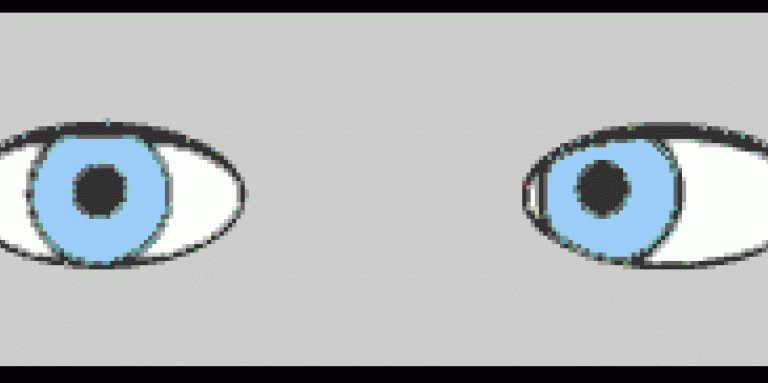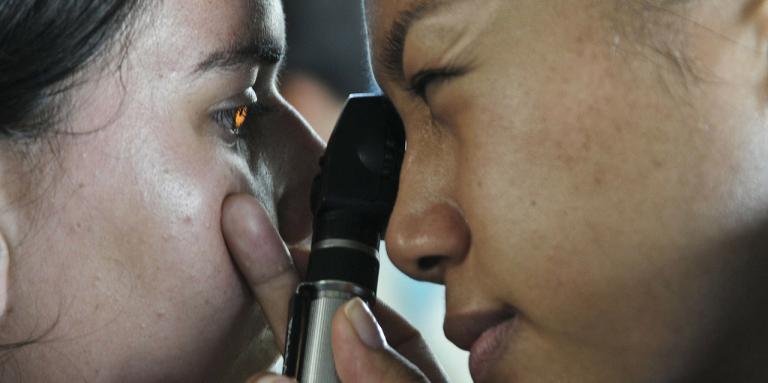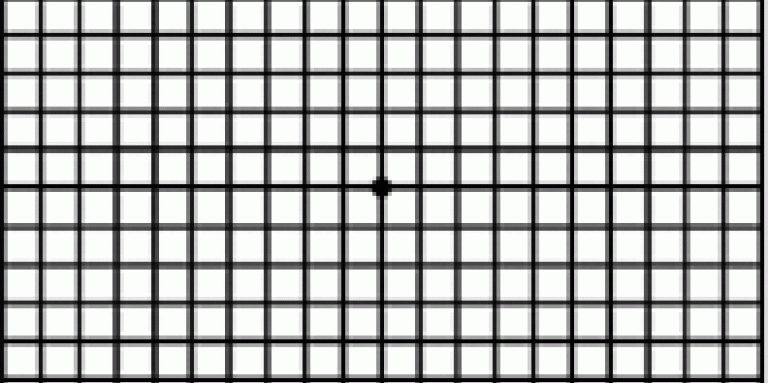
Eye Diseases
Sight loss can be caused by eye problems present from birth, conditions that appear later in life, infections, or environmental factors. Learn more about the main causes of sight loss in children and adults

Turned Eyes (Strabismus)
Strabismus is the medical term for misalignment of the eyes two eyes that are not straight. It occurs in at least 5% of the population.

Lazy Eye - Amblyopia
Amblyopia ('lazy eye') happens when the vision in one eye doesn't develop properly in early childhood.

Floaters and Flashing Lights
Floaters are dark specks in the form of dots, circles, lines, or cobwebs that seem to move across your field of vision. They are most noticeable when you are looking at a light-coloured background, such as a clear sky or a white wall.

Check Your Vision: the Amsler Grid
This simple screening tool is used for monitoring for early signs of wet AMD.

Cortical Visual Impairment
Cortical visual impairment (CVI) is sight loss caused by neurological damage. Learn more about CVI.
Age-Related Macular Degeneration
Age-related macular degeneration (AMD) is the most common cause of sight loss among Canadians over 50. Learn more about AMD.

Congenital Eye Conditions
Congenital eye conditions are present at birth and can affect your eyes or sight. Learn more about congenital eye conditions.

Retinal Diseases
Retinal diseases are a group of eye conditions that affect the retina. Learn more about retinal diseases.

Refractive Conditions
Refractive condition can result in blurred vision and are very common. Learn more about refractive conditions.
Retinoblastoma
Retinoblastoma, while rare, is the most common form of cancer affecting the eye in children. Learn more about retinoblastoma.
Retinitis Pigmentosa
Retinitis pigmentosa (RP) refers to a group of diseases which tend to run in families and cause slow, but progressive loss of vision. Learn more about RP.

Cataracts
Cataracts are the most common correctible cause of vision loss among Canadians. Learn more about cataracts.

Glaucoma
Glaucoma is the second most common cause of sight loss in seniors in Canada. Learn more about glaucoma.
Diabetic Retinopathy
Diabetic retinopathy, an eye condition caused by diabetes, is the leading cause of blindness in Canadians under 50. Learn more about diabetic retinopathy.